Minute Man Fossils
Taxocrinus colletti-Indiana
Taxocrinus colletti-Indiana
Couldn't load pickup availability
Taxa: Taxocrinus colletti
Age: Mississippian-Carboniferous
Geology: Edwardsville formation
Locality: Monroe County, Indiana
Very nice crinoid calyx with an intact stem. Crinoid calyx are rare occurrences in the geologic record, but can be common in some localized deposits. The Edwardsville formation is one of the most famous deposits for complete crinoids.
Taxocrinus
Taxocrinus is an extinct genus of crinoids (sea lilies) that lived during the Paleozoic Era, primarily in the Devonian and Carboniferous periods. These marine invertebrates belonged to the class Crinoidea and were characterized by their cup-shaped calyx, long, feather-like arms used for filter-feeding, and a stalk that anchored them to the seafloor. Fossils of Taxocrinus have been found in sedimentary rock formations, providing insight into the ancient marine ecosystems where they thrived.
Crinoids
Crinoids are marine invertebrates belonging to the class Crinoidea within the phylum Echinodermata, which also includes sea stars and sea urchins. Often called sea lilies (when stalked) or feather stars (when free-swimming), crinoids have a cup-shaped body (calyx) with feathery, branching arms used for filter-feeding. Many fossil crinoids had long stalks anchoring them to the seafloor, while modern feather stars can swim or crawl. Crinoids have existed for over 500 million years, with many species thriving in Paleozoic seas. Today, they are mostly found in deep-sea environments but some inhabit shallow tropical waters.
Share
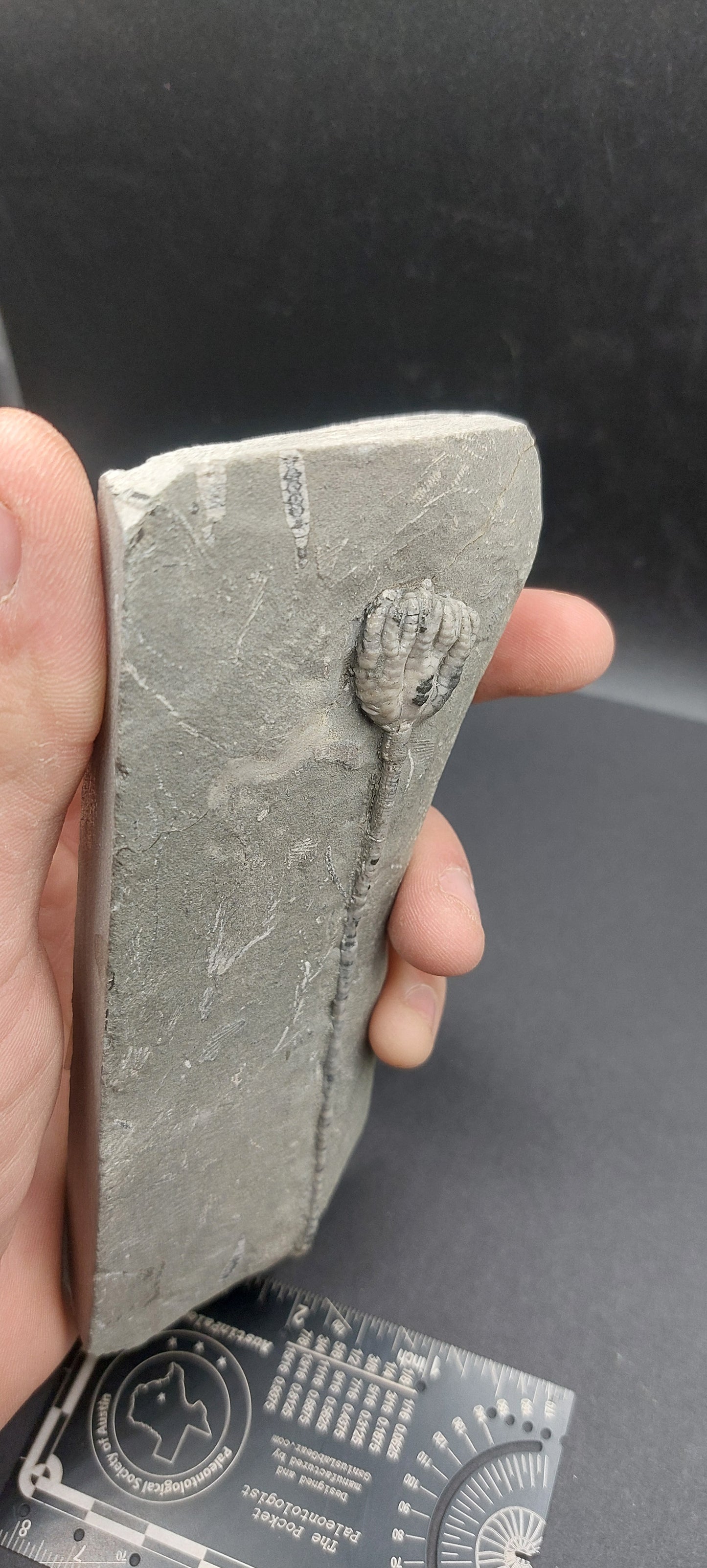
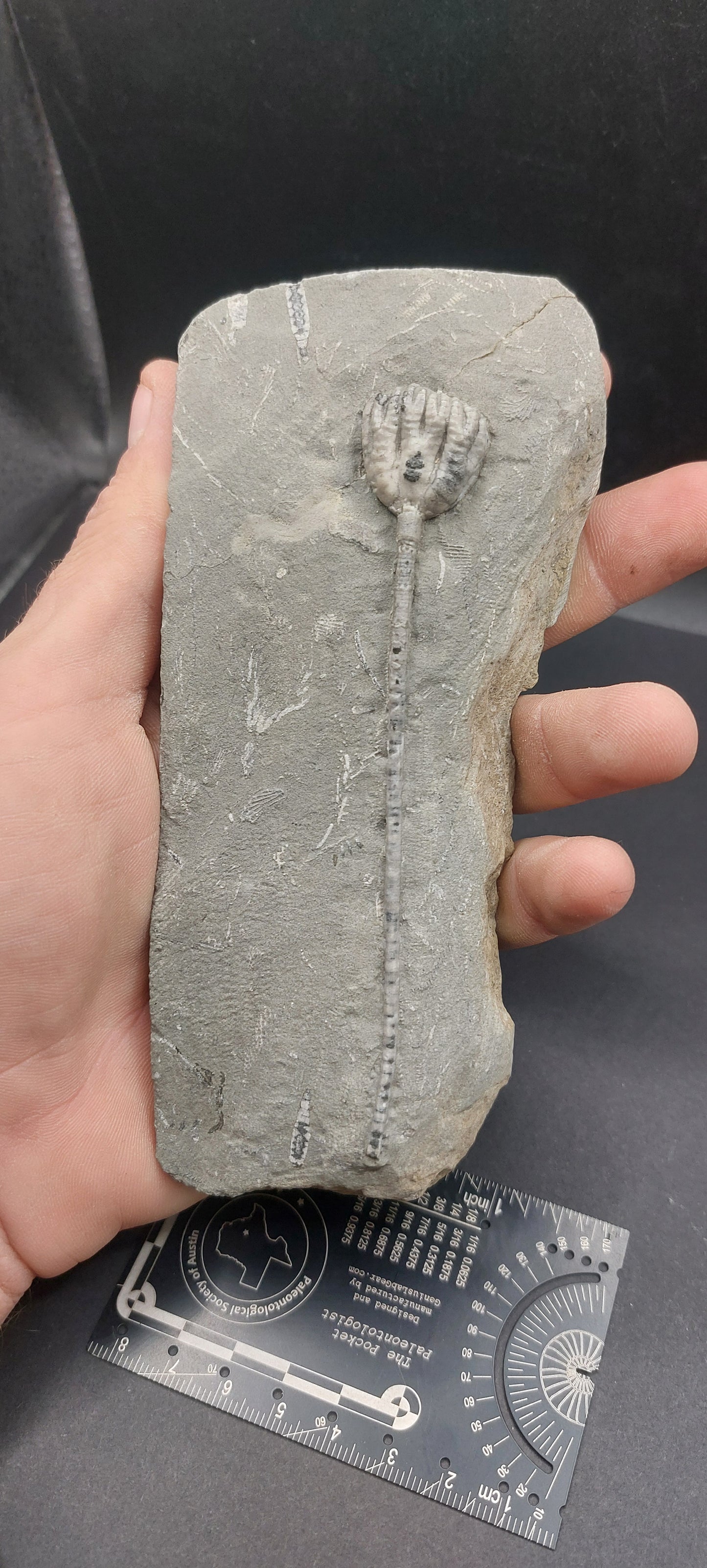
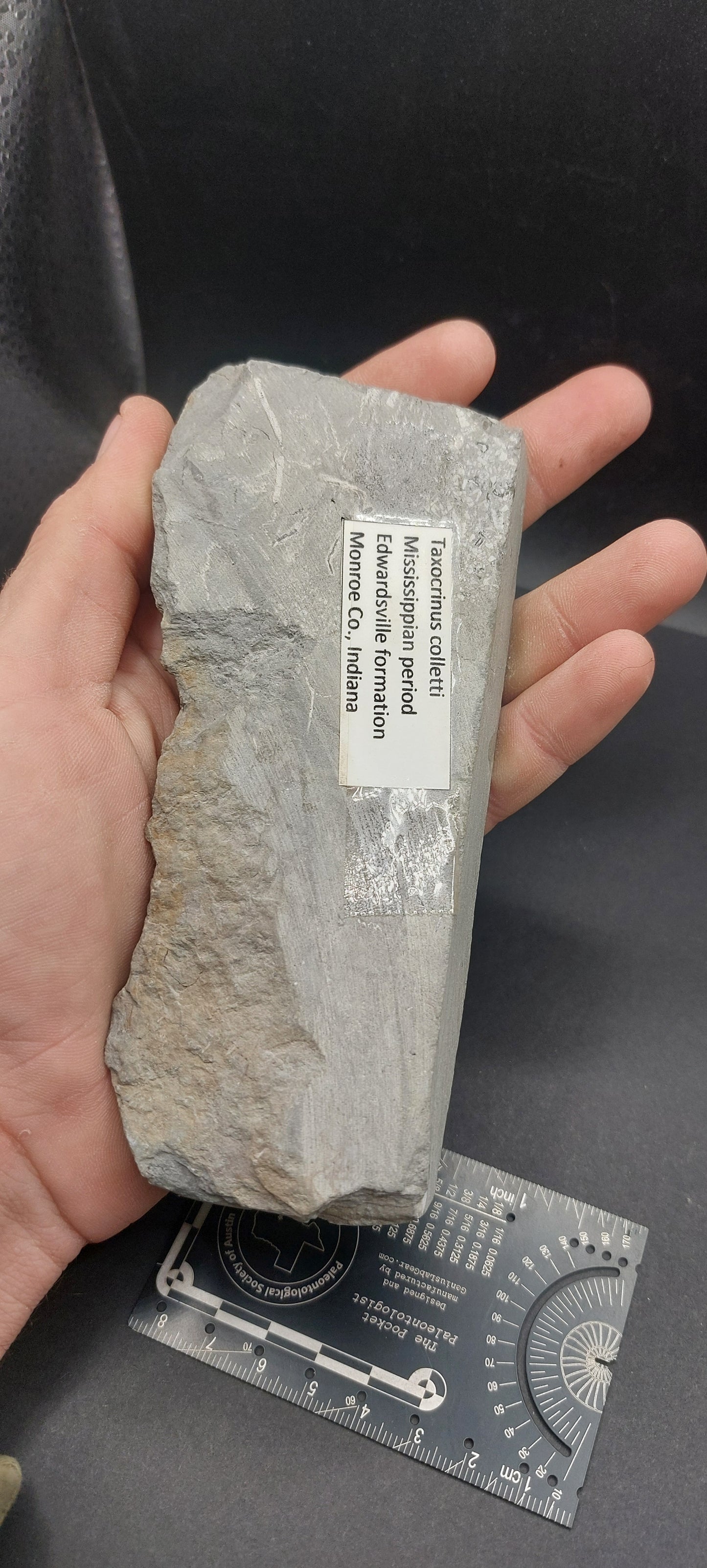

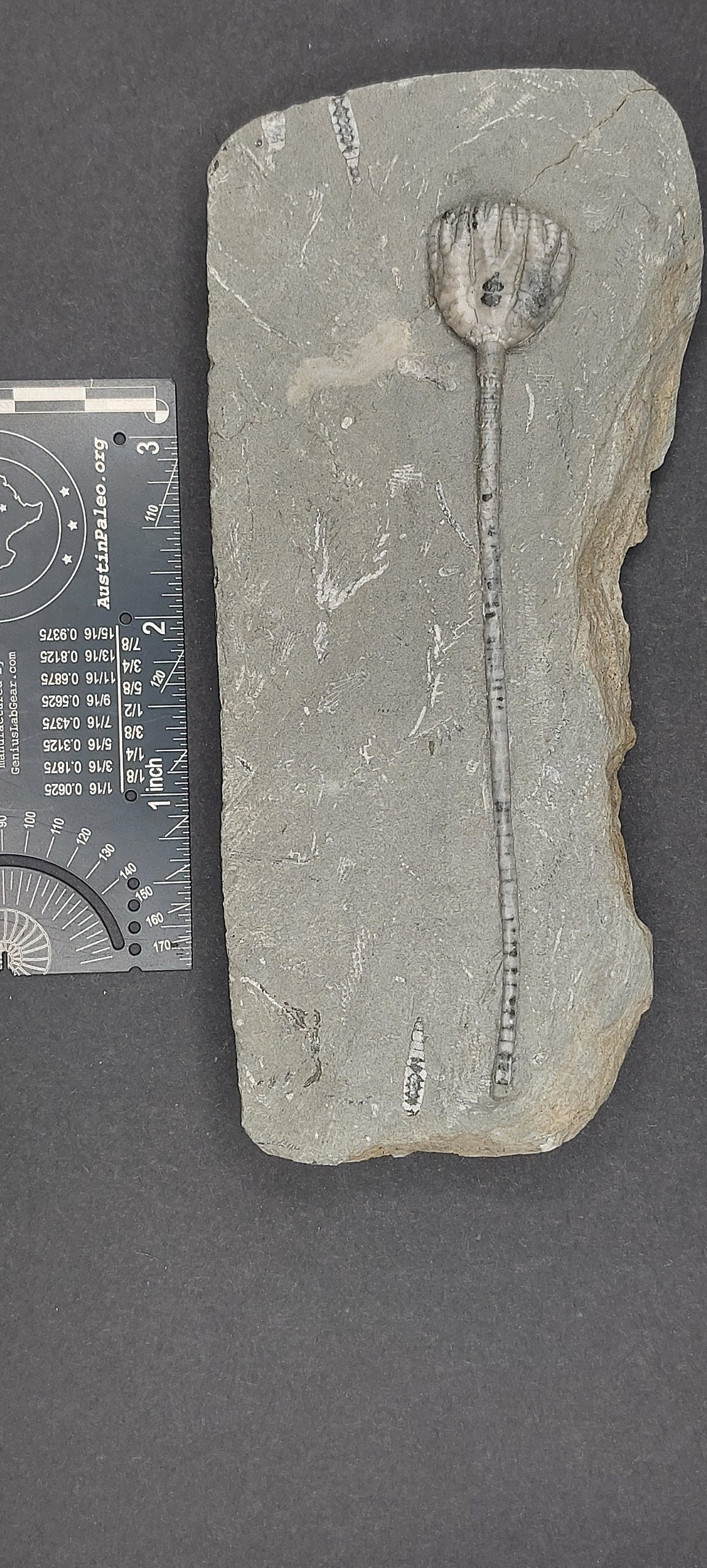
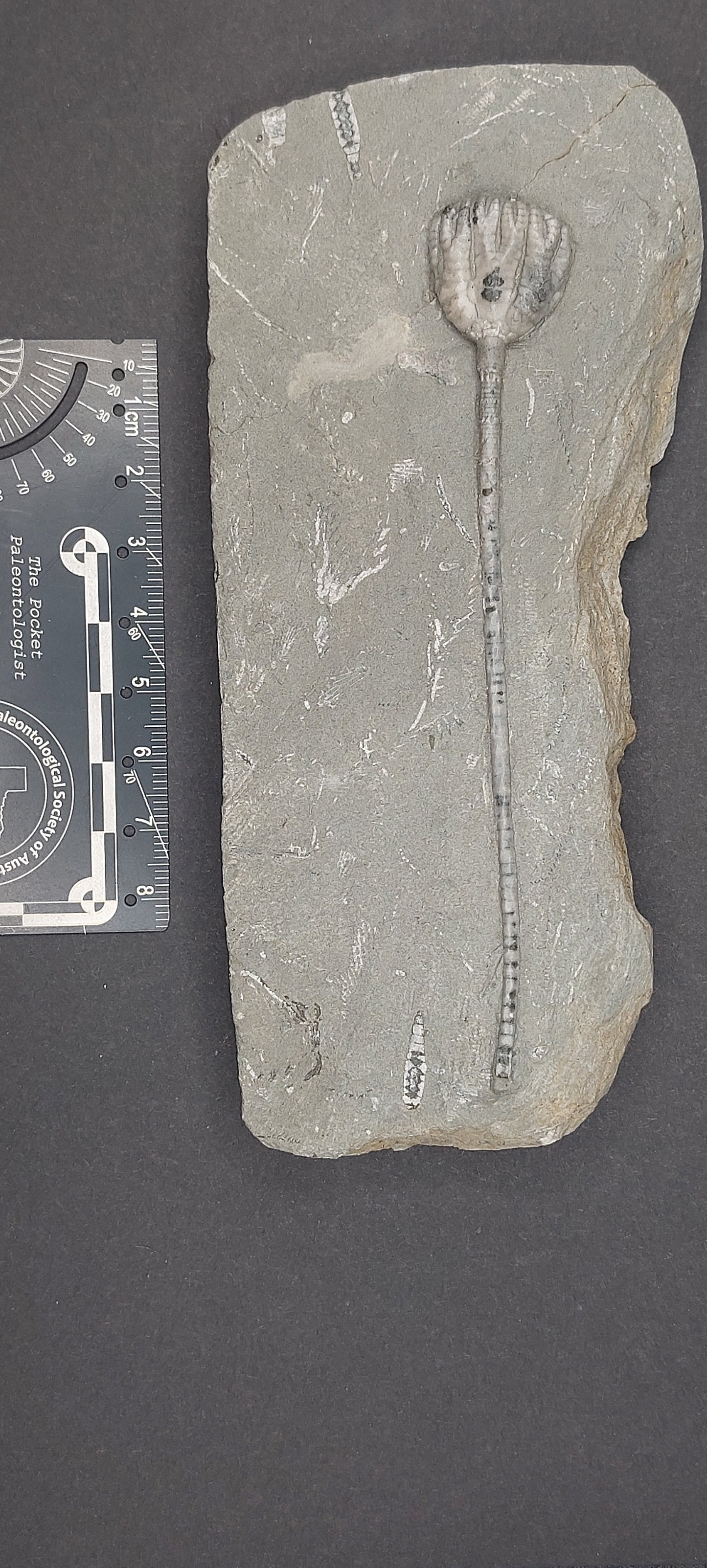

Subscribe to our emails
Be the first to know about new collections and exclusive offers.







